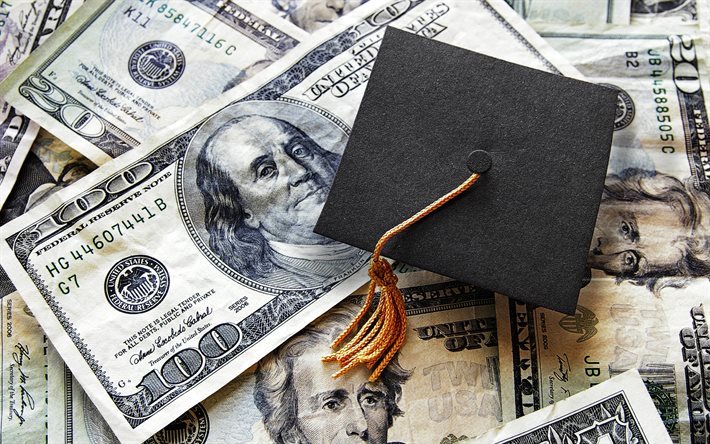The latest news and statistics on student debt is pretty grim, and whilst the US leads the way due to having the most expensive education fees, students around the world continue to graduate with both a degree and an increasing amount of debt. In the US alone the aggregate student loan balance is 170% higher now than it was just 10 years ago, an amazing $1.4USD trillion of debt, second only to mortgage debt. These enormous numbers are hard to fathom but here at Budget Simple we hear what they mean for everyday people.
The average student in the Class of 2016 in the US and the UK has over $35,000 in student loan debt. Wages for students just graduating are not as high as they used to be and the burden on the payments puts huge stress on people as the struggle to make ends meet.
Many countries have effective programs that help keep interest rates reasonable for ex-students paying off their loans. Australia’s HECS-HELP program for example doesn’t charge any ‘interest’ only applying indexation to the outstanding balance each year, roughly 1-2% over during the last few years. In comparison, interest rates on US federal student loans vary from 3.4% to 8.5%, and it’s much worse for students who use private debt firms like Discover Student Loans and Wells Fargo where interest rates of anywhere from 6.15% to 13.99% can be found.
 We recently heard from a customer, lets call her Tracey, who had thought she was diligently paying down her student debt. Tracey had set aside $200 a month towards her student loans for 8 years, $2,400 a year for a total of over $19,000 in payments. She had started with a debt of close to $40,000 and so thought she must be getting somewhere. Unfortunately she hadn’t ever checked her balance and more regrettably she hadn’t considered how devastating interest can be. Tracey contacted us in dismay as she had recently looked up here remaining loan amount and found that in the 8 years since graduating the amount had gone UP to $45,000. That’s right, her interest rate was more than 7% and her $2400 a year hadn’t even paid for the interest she had been accruing. Understandably she was in shock about the situation, even more so when we showed her that the math was right and that there was no mistake.
We recently heard from a customer, lets call her Tracey, who had thought she was diligently paying down her student debt. Tracey had set aside $200 a month towards her student loans for 8 years, $2,400 a year for a total of over $19,000 in payments. She had started with a debt of close to $40,000 and so thought she must be getting somewhere. Unfortunately she hadn’t ever checked her balance and more regrettably she hadn’t considered how devastating interest can be. Tracey contacted us in dismay as she had recently looked up here remaining loan amount and found that in the 8 years since graduating the amount had gone UP to $45,000. That’s right, her interest rate was more than 7% and her $2400 a year hadn’t even paid for the interest she had been accruing. Understandably she was in shock about the situation, even more so when we showed her that the math was right and that there was no mistake.
With 44 million people just in the US who have student loans the episode really hit home to us that there needs to be more education to people about finances. Debt isn’t necessarily a bad thing, but too much debt definitely is. Its a slippery slope and when you are in debt you need to manage it as aggressively as possible so that you don’t end up paying away thousands needlessly. In this case, we were able to help Tracey look at her budget and decide on a realistic yet higher payment plan, one that gives her a clear view of when she will have her debts paid off. She lost a lot of time (and money) by pay down her debt more quickly to start with, but the good news is that her income is higher these days and so her new plan has her paying off everything with 5 years.

